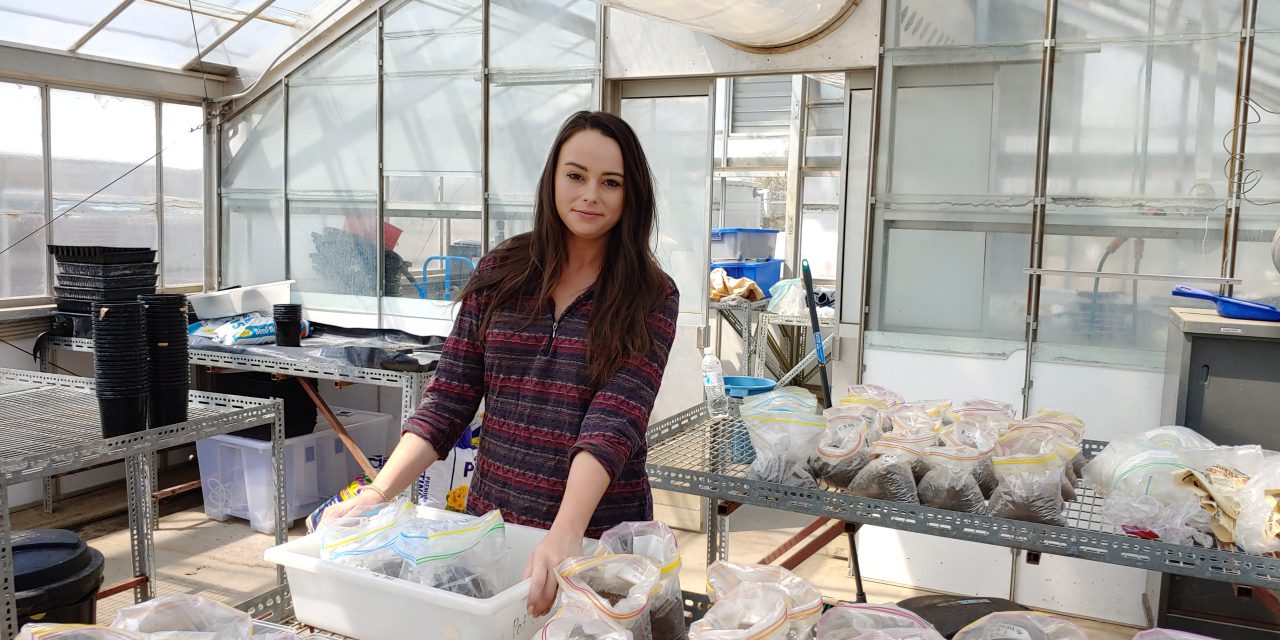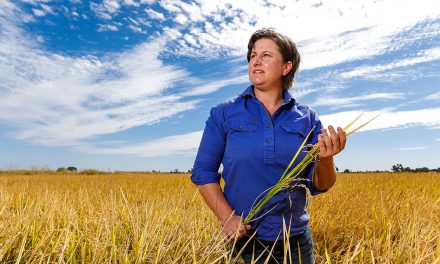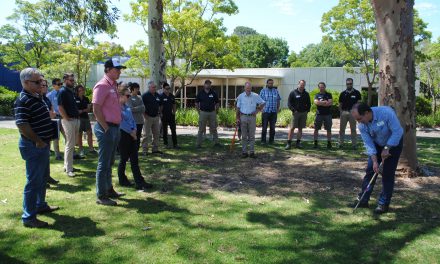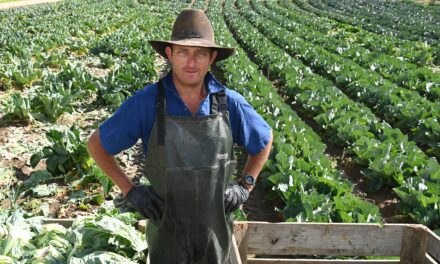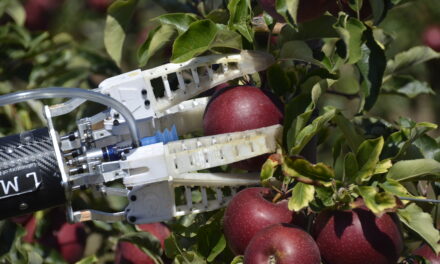A love of plant and soil science brought Texas graduate student, Shelby Young (pictured) to the Narrabri Australian Cotton Research Institute to study cotton diseases.
Ms Young graduated with her Master’s degree in plant and soil science through Texas Tech University’s College of Agricultural Sciences & Natural Resources and is a recipient of a Fulbright Scholarship.
The Fulbright Program is the U.S. Government’s flagship international educational exchange program and is designed to build lasting connections between the people of the United States and the people of other countries.
Recipients of Fulbright awards are selected on the basis of academic and professional achievement, as well as their record of service and leadership potential in their respective fields.
NSW Department of Primary Industries Plant Pathologist Dr Karen Kirkby said Ms Young has a keen interest in cotton production and crop diseases, which has led to the opportunity to study and compare Verticillium wilt here in Australia.
“Verticillium dahliae is a widespread soil-borne fungal plant pathogen that causes wilt disease on many important crops and trees, including cotton,” Dr Kirkby said.
“Verticillium wilt is a high-priority disease in the cotton industry biosecurity plan, and when the right environmental conditions occur for the disease it can reduce yields by 30-40 percent.
“The key to combating this pathogen will be increasing the understanding of the genetic makeup and how diverse symptoms are in Australian cotton crops.”
Ms Young said the High Plains of Texas is a highly productive cotton-producing region with conditions similar to those in the Namoi Valley, NSW and while both regions have Verticillium wilt they look and behave quite differently.
“My Master’s thesis involved the detection and quantification of Verticillium dahliae and in field soil,” said Ms Young.
“The Fulbright U.S. Student Program has given me the valuable opportunity to visit Australia to continue my research over the course of ten months.”
MS Young will conduct research at the Australian Cotton Research Institute and Western Sydney University’s Hawkesbury Institute for the environment as part of a cotton pathology project.
She will examine the relationship between Verticillium dahliae inoculum detected in Australian cotton fields prior to planting and the incidence of Verticillium wilt later in the season.
With NSW DPI, Ms Young’s work will focus on collecting data to field-validate Verticillium wilt inoculum thresholds developed recently by Dr Kirkby.
“Through this once in a lifetime experience I will be able to contribute to the body of knowledge of Verticillium wilt and benefit future Australian and Texas cotton production,” she said.

